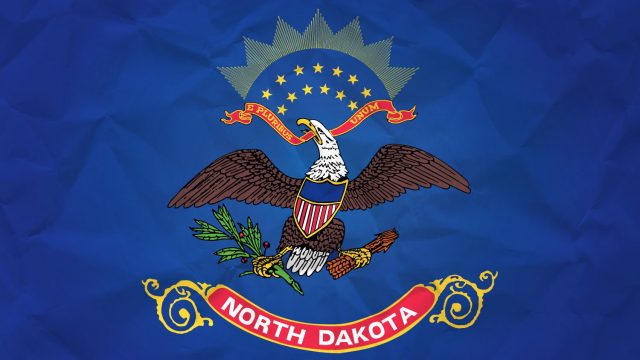David Flynn: Would You Give Up North Dakota's Economic Highs To Avoid The Lows?

A caller to the radio show last week questioned why the North Dakota economic experience seemed is such stark contrast to the Minnesota situation. (She asked this while almost getting hit by a school bus breaking traffic laws.) There are a couple of reasons for this, one pretty easy to explain on the radio, and the other is visual and so is not as easy to explain. I should point out the two stories are not in opposition to each other. That is, they can be part of the same larger narrative.
For the first explanation you need to believe the recent success in the North Dakota economy comes largely from the oil industry. Whether this is a story of direct investment in oil, or multiple industries forming a connection and hitching a ride on oil, is not important. If oil explains the increase, then it largely explains the decrease. With oil prices falling a change in production activity occurred in the Bakken region, and precipitated changes in the rest of the state.
The fact that sales tax collections and corporate income tax collections are a significant part of the downward revision in the state tax forecast is consistent with this story.
Why does this explain the distinct current trajectories? Quite simply because Minnesota does not have oil. They did not hitch on to the roller coaster on the way up, and therefore do not worry about the grade of the decline on the way down. This is not really a matter of differential policies since the resource endowments of the states dictated actions. Not that you cannot point to errors or poor policy choices in either state and hold them up for scrutiny. The visual explanation requires a graph.

Part of this explanation, as I mentioned on the radio, is simply timing. Minnesota, in the wake of the financial crisis in 2008-9, had five negative quarters of percentage change in real GDP. The current data only go through the second quarter of 2015 (the latest available as I wrote this) but the current trajectories tell a clear story: North Dakota on the decline and Minnesota on the rise. However, to complain about the North Dakota situation now likely necessitates the following question: would you give up the climb to almost 25% increase in real GDP? Said differently, if you want to avoid the declines like we have currently, are you willing to give up the increases we experienced?
From my perspective these two answers are part of the same narrative. States grow based on the principal economic activities within their borders, and North Dakota recently had a high performance industry sector not found in Minnesota. States growth paths do not need to exhibit defined correlations across time either. Surely the degree of correlation depends on factors such as trading relationships, prior integration of the economies, development needs, and many other factors.
It is inevitable that residents in states compare economic performance across states. These are some answers for the varying economic performance in these two states. The bigger question she might have raised indirectly is how we get better drivers for school busses.




